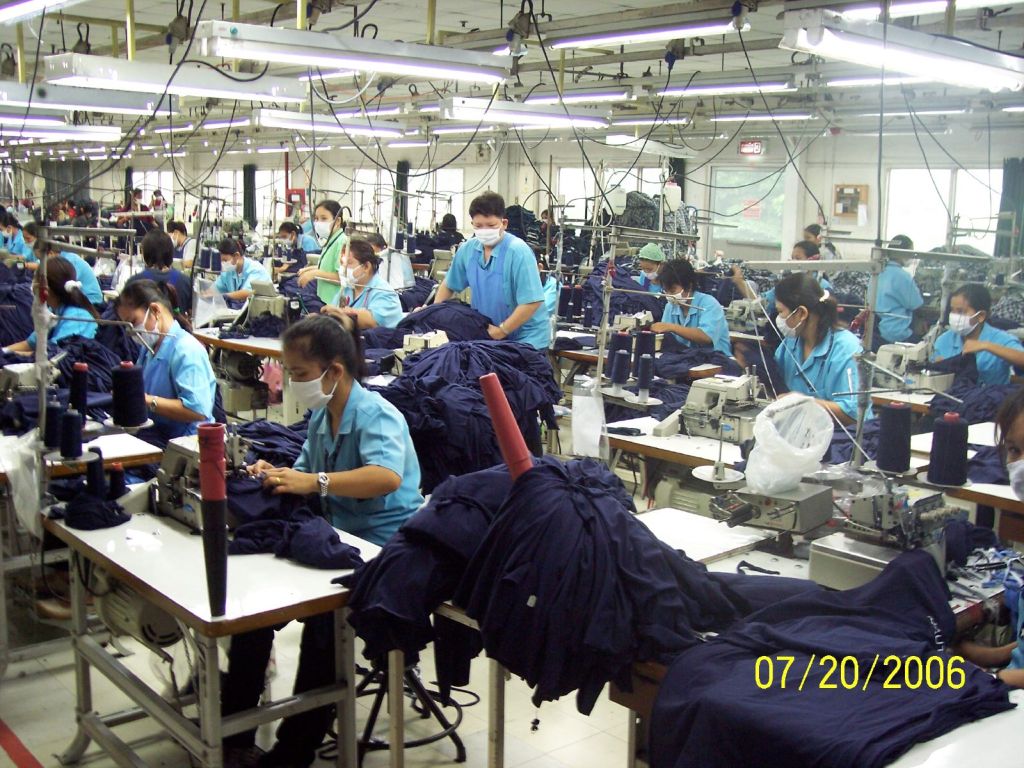
The captivating Bali Island, the mesmerizing Indonesia’s island renowned for its breathtaking views, deep heritage, and lively creative environment, is not only a desired travel hotspot but additionally a center for the flourishing clothing sector. Bali’s garment industry, frequently referred to as the “clothing heritage of Bali,” smoothly combines together custom and modernity, producing garments that not just reflects the locale’s cultural heritage but additionally serves contemporary fashion trends.
Fundamental to the Bali Garment industry resides the application of traditional textiles. Balinese cultural textiles are famed for their detailed designs, vibrant colors, and meaningful cultural significance. Textiles like “ikat” and “batik” are at the heart of the island’s textile tradition, each expressing a individual narrative through the motifs and patterns crafted or engraved onto them. These textiles go beyond mere pieces of cloth; they embody Bali’s history, beliefs, and rituals.
Bali’s clothing sector stands out for its dedication to upholding handicraft craftsmanship. Skilled makers, frequently engaging within their local communities, involve themselves in complex procedures that metamorphose raw materials into exquisite garments. From dyeing and fabricating to embroidery and decorative details, each phase in the formation of a Bali garment demonstrates the commitment these craftsmen have toward their heritage.
Whilst anchored in tradition, the Bali Garment industry possesses efficiently adjusted to the needs of the contemporary fashion landscape. Designers and entrepreneurs work together to infuse heritage textiles into up-to-date clothing styles, leading to distinctive pieces that are simultaneously culturally rich and fashionable. This fusion permits the industry to cater to both the markets seeking traditional wear and international audiences drawn to innovative designs.
Over the past few years, the Bali garment industry has embarked on significant strides towards sustainability and ethical production. With increased global recognition of environmental and labor issues, many stakeholders in the sector are accepting eco-friendly materials, ethical labor practices, and fair trade principles. This commitment not only guarantees the durability of the industry but furthermore aligns with the island’s harmonious way of life.
Although the Bali Garment industry displays remarkable tenacity and adaptability, it is not devoid of its challenges. Competition from mass-produced, cheaper alternatives constitutes a threat to the existence of traditional practices. Additionally, the industry needs to navigate the complexities of intellectual property rights to protect its cultural assets from exploitation.
Nevertheless, these obstacles also facilitate possibilities to innovation and collaboration. The emergence of e-commerce and digital platforms offers a worldwide stage for Bali’s exceptional garments. Collaborations between regional artisans and international designers offer novel perspectives and expand the industry’s reach.
While the Bali Garment industry progresses further, it is essential to uphold a delicate balance between tradition and modernity. Efforts to promote education and skill development within community communities can empower the upcoming cohort of artisans to sustain the legacy of traditional textiles and craftsmanship.
In summary, the Bali Garment industry represents a testament to the island’s capacity to embrace change while honoring its traditional roots. With its harmonious fusion of tradition and contemporary aesthetics, this industry exemplifies the essence of Bali’s artistic and cultural heritage. As we observe its journey, it becomes clear that the Bali Garment is not only a piece of clothing, but a dynamic embodiment of history, creativity, and identity.